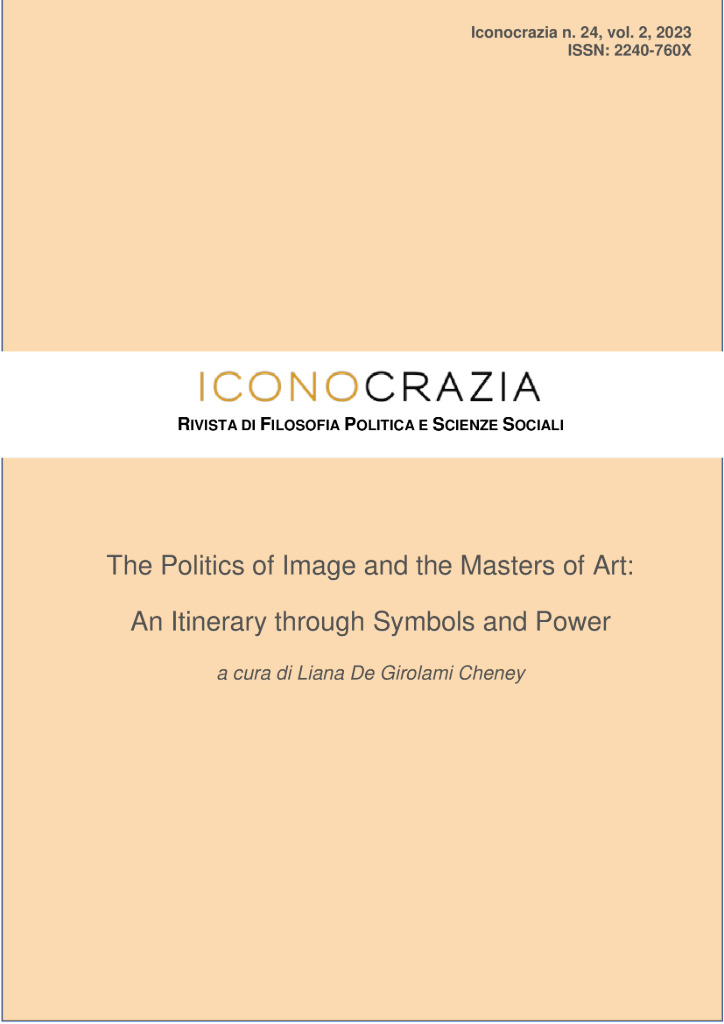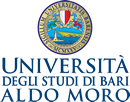Discovering the Visual Legacy of Ginevra degli Amieri: From Chapbooks to Paul Richter’s Assessment of Hans Schäufelein’s Scenes from the Tale of Ginevra Degli Almieri and Antonio Rondinelli
DOI:
https://doi.org/10.15162/2240-760X/1868Parole chiave:
cassoni, woodcuts, Amieri, Almieri, Schäufelein, Richter, Griselda, Mercato Vecchio, FlorenceAbstract
Art historian Jean Paul Richter (1847–1937) is well known for his translations of Leonardo da Vinci’s notebooks and his role in framing art historical connoisseurship in the nineteenth century. However, his attributing the title Scenes from the Tale of Ginevra Degli Almieri and Antonio Rondinelli, a fifteenth-century Florentine legend, to a fifteenth-century German painting is problematic. This essay argues that Jean Paul Richter’s assessment of the panel is incorrect, offering, in conclusion, a field of further inquiry, Griselda, from Boccaccio’s Decameron, as the possible subject. To provide a visual comparison to the panel, this paper will examine woodcut prints included in sixteenth-century chapbooks of La Historia di Ginevra degli Almieri. The novella enjoyed a rediscovery among nineteenth-century British and American tourists, as the story’s setting—the medieval quarter of Florence near the Mercato Vecchio—had disappeared mainly due to Florence’s urban renewal programmes of the 1880s. For many, the destruction of this neighbourhood ripped out Florence’s heart, creating a renewed interest in the history of Florence’s medieval past. Ginevra’s legend struck a powerful chord, and countless writers and artists would translate, reprint, and paint her tale. The passion for Ginevra’s story may have influenced Richter’s assertion. Nonetheless, the panel’s dating of 1470 and visual inconsistencies between the painting and the novella create doubt about Richter’s assessment of the panel.
Riferimenti bibliografici
Acidini, C. (2004). The Medici, Michelangelo, and the Art of Late Renaissance Florence. New Haven: Yale University Press.
“Art and Literary Sales: Kaufmann Sale in Berlin.” (1918). American Art News, 16, no. 16 (26 January), pp. 6–7. http://www.jstor.org/stable/25589213.
Bayer, A. (ed.). (2008). Art and Love in Renaissance Italy. Exh. Cat. NY: MetPublications.
Becker, M. (2004). Florence in Transition: Decline of the Commune Volume 1. Baltimore: Johns Hopkins University Press.
Carocci, G. (1884). Il Mercato Vecchio di Firenze: Ricordi e Curiosita di Storia e d’Arte. Florence: Tipografia Della Pia Casa di Patronato.
D’Ancona, A. (1863). La Historia di Ginevra degli Almieri, che fu Sepolta Viva in Firenze. Pisa: Fratelli Nistri.
“Fine Art: Old Masters at the Royal Academy.” (1895). The Academy, 1186 (20 January), pp. 86–88.
Gemälde des XIV–XVI. Jahrunderts aus der Sammlung von Richard von Kaufman. (1901). Berlin: Verlag Von A. Asher and Co.
Hind, A. M. (1933). A History of Engraving and an Introduction to the History of the Woodcut. New York: Dover Publications.
“Illustrations of the Griselda Novel,” Cassoni and the Decameron (15 Feb. 2010), np. Decameron web, https: www. Brown.edu.
Klapisch-Zuber, C. (1987). Women, Family, and Ritual in Renaissance Italy. Chicago: University of Chicago Press.
Kristeller, P. (1968). Early Florentine Woodcuts: With an Annotated List of Florentine Illustrated Books. London: Kegan Paul, Trench, Trübner, & Co.
Lippman, F. (1888). The Art of Wood Engraving in Italy in the Fifteenth Century. London: B. Quadritch.
Machiavelli, N. (1845). The Florentine Histories Volume 1. Trans. C. E. Lester. New York: Paine and Burgess.
Manni, D. M. (1813). Le Veglie Piacevoli ovvero Notizie De’ Piu Bizzarri E Giocondi Uomini Toscani. 2nd ed. Florence: Gaspero Ricci da S. Trinita. www.hathitrust.org.
Passerini, L. (1845). Marietta De’Rici, Ovvero Firenze Al Tempo Dell’assedio Racconto Storico. 2nd ed. Florence: Stabilimento Chiari.
Pollard, A. W. (1843). Early Illustrated Books. London: Kegan Paul, Trench, Trubner & Co.
Richter, J.-P. (1985). “Winter Exhibitions of Works by Old Masters.” The Art Journal, 18, pp. 88–90.
Royal Academy. (1895). Exhibition of Works by the Old Masters and Deceased Masters of the British School Winter Exhibition. London: WH Clowes.
“Royal Academy Exhibit.” (1895). The Magazine of Art, 18.
Seybold, D. (2014). “Bernard Berenson and Jean Paul Richter: The Giambono’s Provenance.” In J. Connors and L. A. Waldman (eds.), Bernard Berenson: Formation and Heritage. Cambridge, MA: Villa I Tatti, pp. 19–33.
Symonds, J. A. (1881). The Story of Ginevra Degli Almieri, Who was Buried Alive in Florence. Belgravia Annual Christmas Edition. Belgravia: Sagwan Press, pp. 33–40.
“Winterausstellung der Londonder Royal Academy.” (1895). Repertorium für Kunstsissenschaft, 18.







